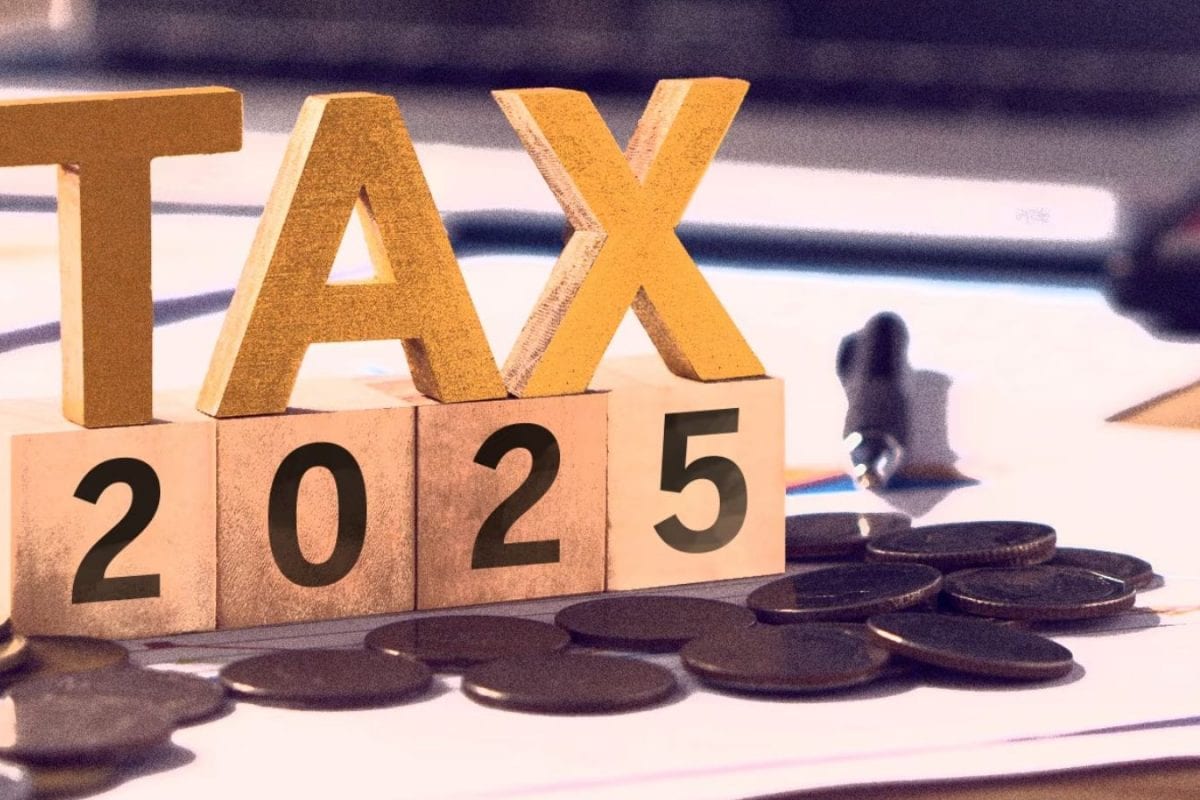

The Income Tax Department has released the Excel utilities for ITR forms, including ITR-2, which is applicable to taxpayers earning a salary or having non-business or professional income, as well as those with crypto or capital gains. For the assessment year 2025-26, there are six significant changes in the reporting requirements for ITR-2 that taxpayers must be aware of. The deadline for filing ITRs, which was originally due on July 31, 2025, has been extended to September 15, 2025.
Here are the key changes in ITR-2 for AY 2025-26:
Reporting of Capital Loss on Share Buyback: A new row has been added to Schedule CG – A(A) to enable the reporting of capital losses arising from payments made by a company to its shareholders for the buyback of its own shares, in accordance with Section 68 of the Companies Act, 2013. Consequently, such capital losses are now permitted, provided the corresponding dividend income is disclosed under 'Income from Other Sources'. This change enables correct tracking of buyback-related tax implications and avoids loss of legitimate capital claims.
Disclosure of Dividend Income Under Section 2(22)(f): A new row has been added in Form ITR-2 to specifically capture dividend income arising under Section 2(22)(f), i.e., proceeds received by shareholders from the buyback of shares. This clarification helps the department track such payments.
Bifurcation of Acquisition and Improvement Costs for Real Estate Transfers: In the ITR-2 Form, resident individuals will now need to provide separate details for the cost of acquisition and cost of improvement in respect of transfers of land and buildings executed before and after 23rd July 2024 and on or after it. This change facilitates the application of indexation benefits for such transactions. Gains from transactions executed before this date will still be taxed at the old rates, while gains realized on or after this date will follow the revised tax rates.
Introduction of separate columns for capital gains reporting based on date of realization: Due to the recent changes brought about by the Finance Act 2024, effective from July 23, 2024, capital gains tax rates have changed. To help with accurate reporting and compliance, separate columns have been added to distinguish between capital gains made before and on or after July 23, 2024. This distinction is important because gains from transactions executed before this date will still be taxed at the old rates, while gains realized on or after this date will follow the revised tax rates.
TDS Schedule Update: A new column has been added to Schedule TDS in Form ITR-2 for specifying the relevant Section code under which tax has been deducted at source for the assessee. The Schedule-TDS now requires specific mention of TDS section codes for better tracking.
Enhanced Asset and Liability reporting threshold: Taxpayers whose total income exceeds Rs 1 crore are now required to report all assets and liabilities as on the last day of the financial year. Previously, this applied to individuals whose income exceeded Rs 50 lakh. NRIs filing ITR-2 now need to report Indian assets and liabilities only if their gross taxable income exceeds ₹1 crore in FY 2024-25. Foreign assets and liabilities are not required to be reported by NRIs in ITR-2.
It is important to note that the government has extended the ITR filing deadline to September 15, 2025, for salaried individuals, pensioners, and NRIs, as long as their accounts don't need to be audited. Taxpayers and CAs are continually pushing the government on social media to make the remaining ITR forms available as soon as feasible.